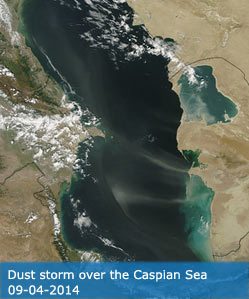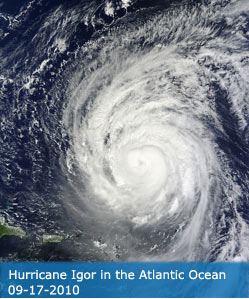Science Team
Publications
Chen, WQ; Zhang, N; Bai, XS; Cao, XY (2024). Research on the Estimation of Air Pollution Models with Machine Learning in Urban Sustainable Development Based on Remote Sensing. SUSTAINABILITY, 16(24), 10949.
Abstract
Air quality is directly related to people's health and quality of life and has a profound impact on the sustainable development of cities. Good air quality is the foundation of sustainable development. To solve the current problem of air quality for sustainable development, we used high-resolution (1 km) satellite-retrieved aerosol optical depth (AOD), meteorological, nighttime light and vegetation data to develop a spatiotemporal convolution feature random forest (SCRF) model to predict the PM2.5 concentration in Shandong from 2016 to 2019. We evaluated the performance of the SCRF model and compared the results of other models, including neural network (BPNN), gradient boosting (GBDT), and random forest (RF) models. The results show that compared with the other models, the improved SCRF model performs best. The coefficient of determination (R-2) and root mean square error (RMSE) are 0.83 and 9.87 mu g/m(3), respectively. Moreover, we discovered that the characteristic variables AOD and air temperature (TEM) data improved the accuracy of the model in Shandong Province. The annual average PM2.5 concentrations in Shandong Province from 2016 to 2019 were 74.44 mu g/m(3), 65.01 mu g/m(3), 58.32 mu g/m(3), and 59 mu g/m(3), respectively. The spatial distribution of air pollution increases from northeastern and southeastern to western Shandong inland. In general, our research has significant implications for the sustainable development of various cities in Shandong Province.
DOI:
10.3390/su162410949
ISSN:




